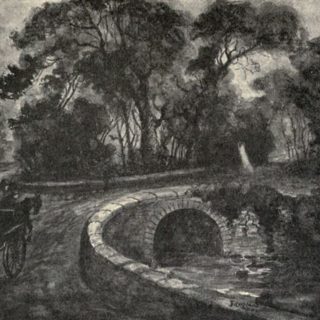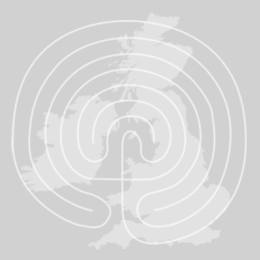Country and County: Kirkcudbrightshire
In the Dundrennan district of Kirkcudbright a persisted belief lingers concerning a headless lady haunting the Buckland Glen. The following narrative which has been handed down lends an increased interest to the tradition:— Long...
The following account appeared in J Maxwell Wood’s ‘Witchcraft and Superstitious Record in the South-Western District of Scotland’ which was published in 1911. ‘In the village of Dalry itself there stood a row of...
“Many years ago a drover, while making his way north and crossing that wild and thinly populated district which lies between the head of the parish of Parton and the Moor of Corsock had...
In his book ‘Witchcraft and Superstitious Record in the South-Western District of Scotland (1911)’, J Maxwell Wood extracted the following details from the Winter 1900 edition of the Gallovidian, concerning haunt like experiences at...
A white lady was said to haunt Kirkdale Bridge. The Bridge dates from around 1787 and was designed by Robert Adam. The bridge was not built to the grandeur of his original plan, which...
‘Between Kirkdale House and Cassencarry, on the beautiful sea-girt road leading from Creetown to Gatehouse, there stood many years ago a little cottage in a sequestered situation among the woods, where a young girl...
Between Prestonmill and Kirkbean—midway between the two villages—there is a small plantation, with, on the other side of the road, a larger wood. The road itself at this particular part forms a hollow. This...
‘Between Mainsriddel and Prestonmill there is a sequestered part of the road known as “Derry’s How,” once reputed to be haunted by an evil spirit in the form of a black four-footed beast. [Another]...
‘Until some years ago a huge boulder lay at the roadside on the way from Dalbeattie to Colvend, not far from the cottage known as the “Wood Forester’s.” The story was, that this was...
‘The “Three Cross Roads” near Arbigland is the next spot of ghost-lore association, round which there lingers a rather romantic tale. A young lady, a member of the well-known family of Craik (of Arbigland)...




Recent Comments